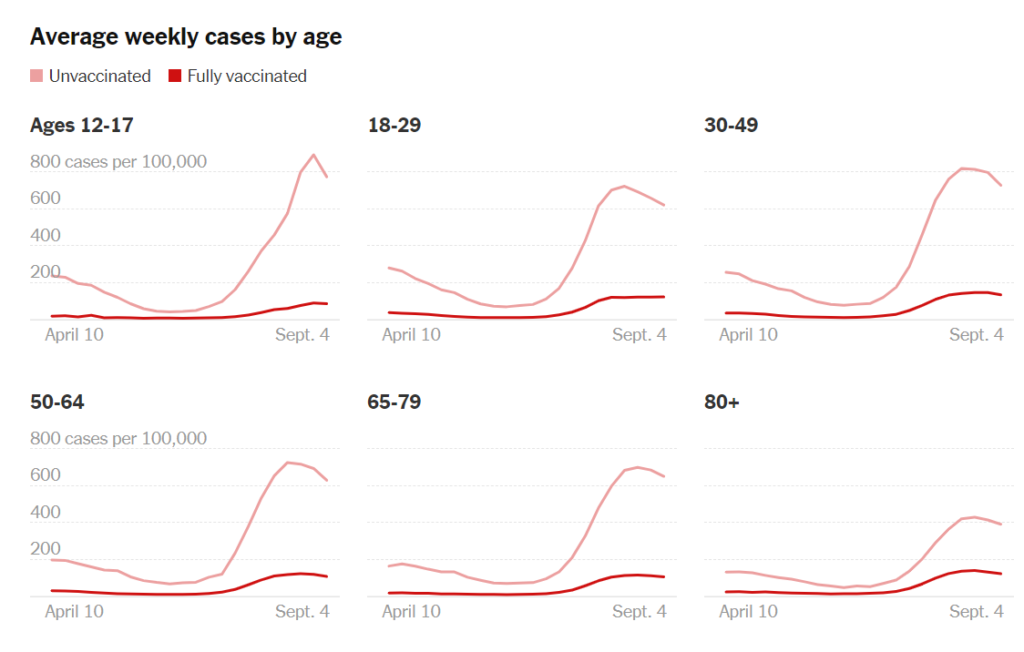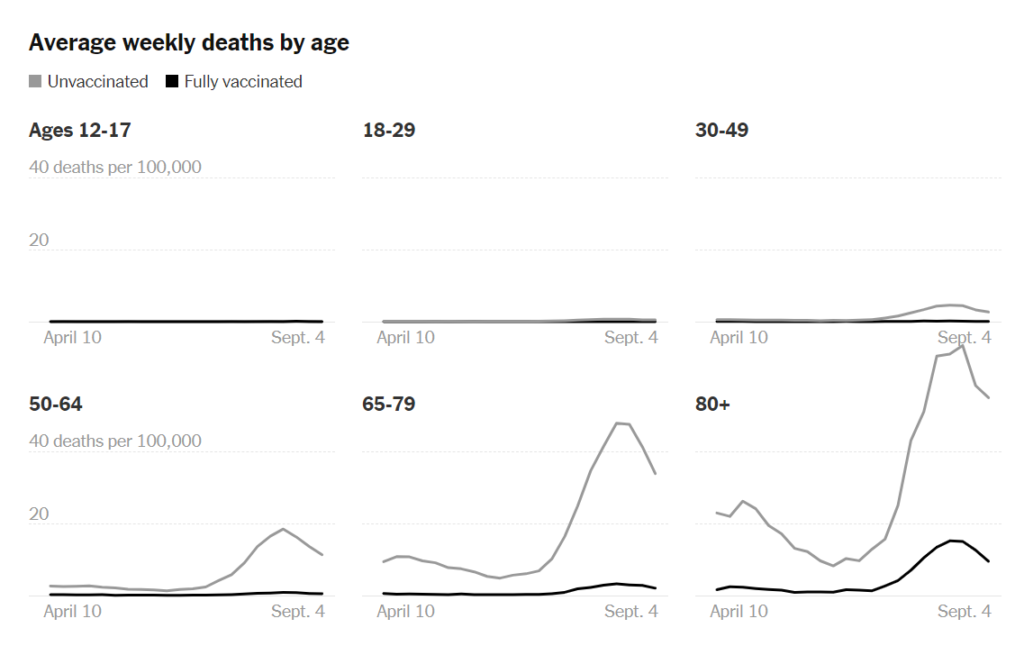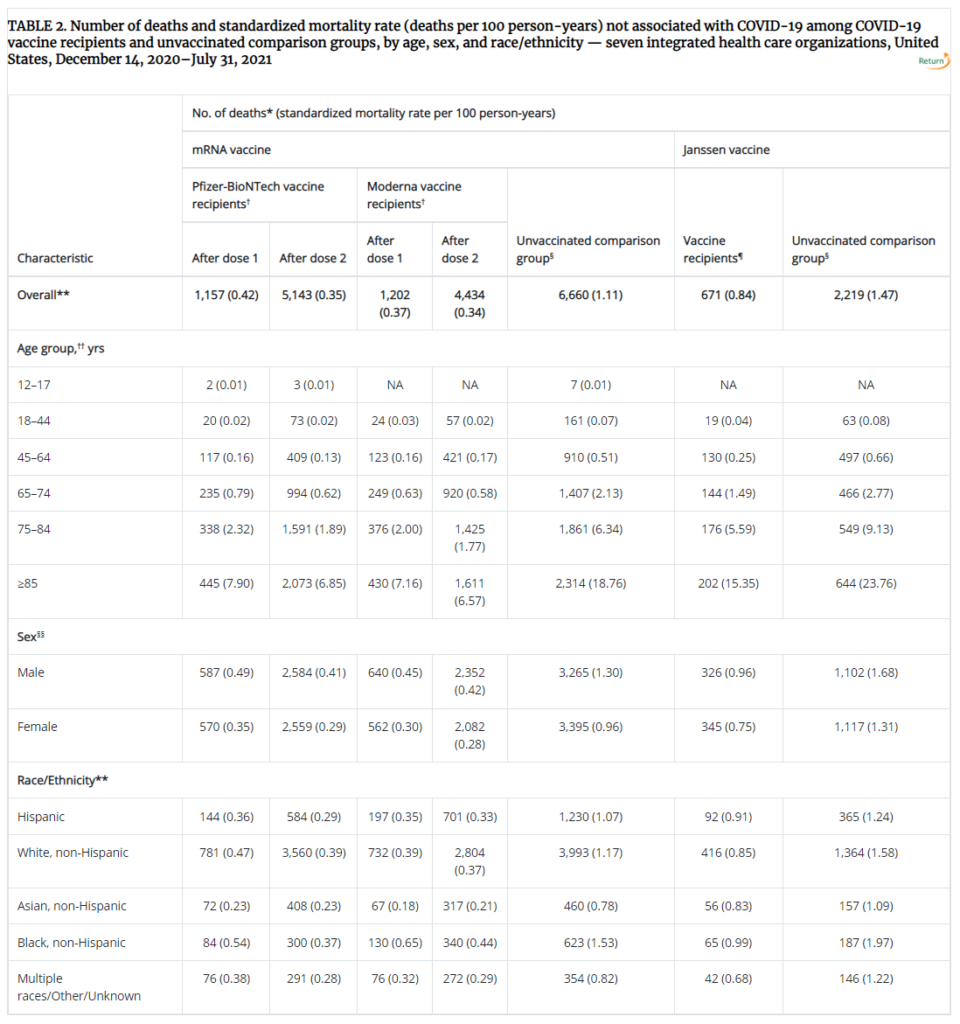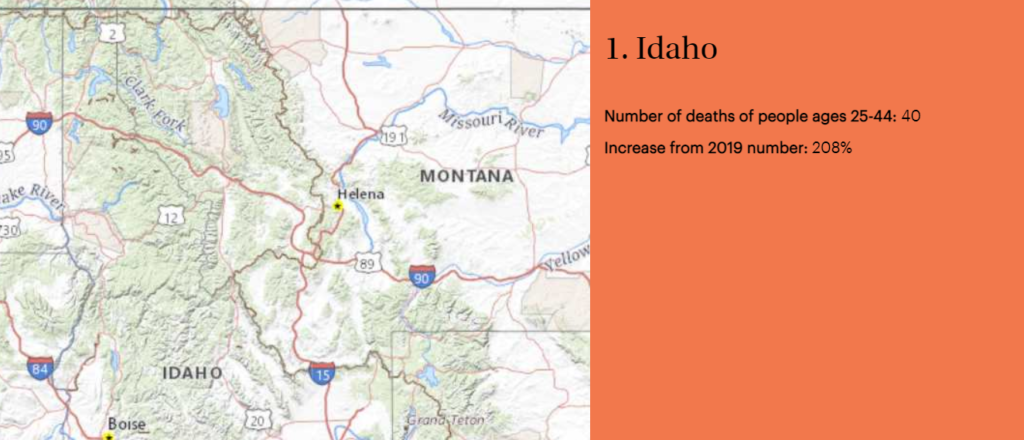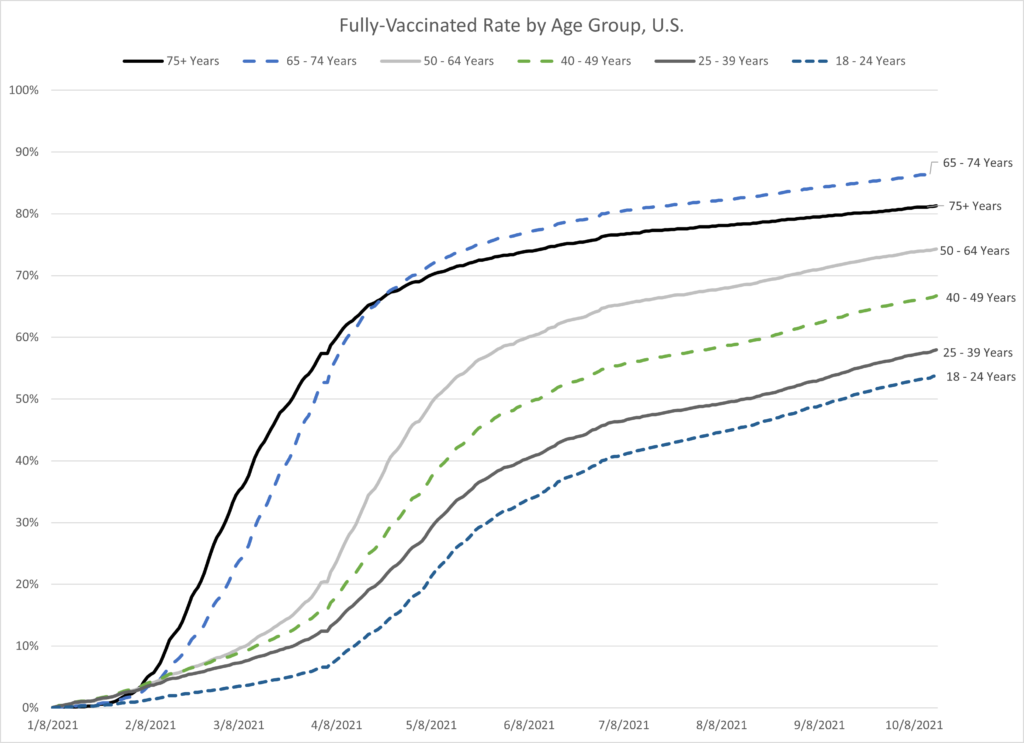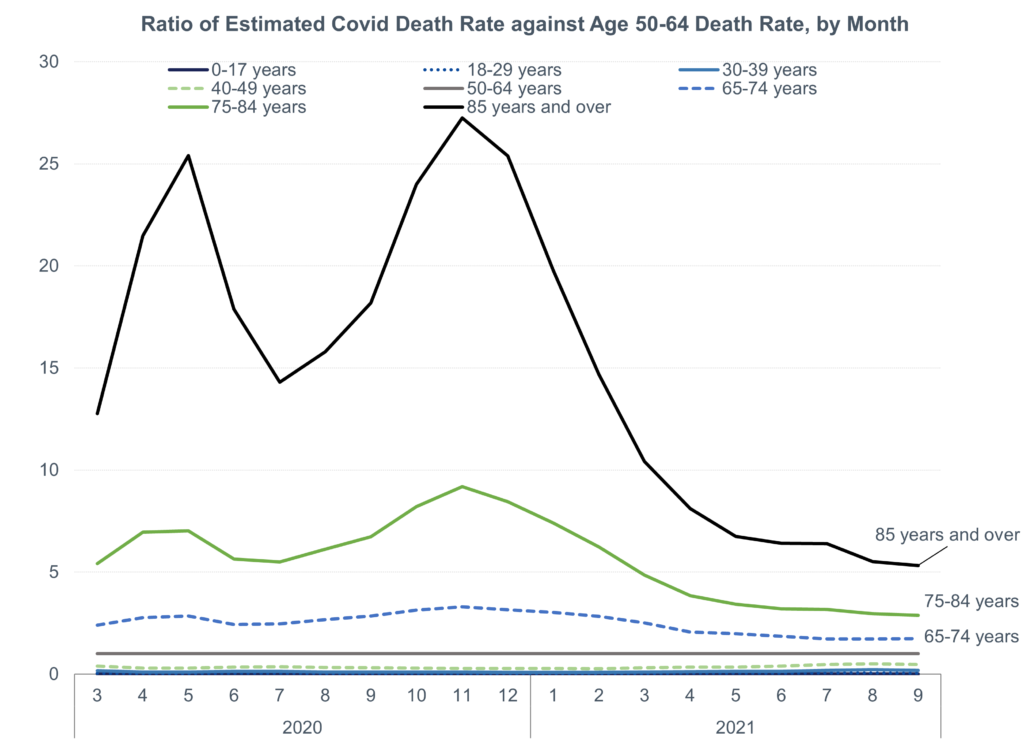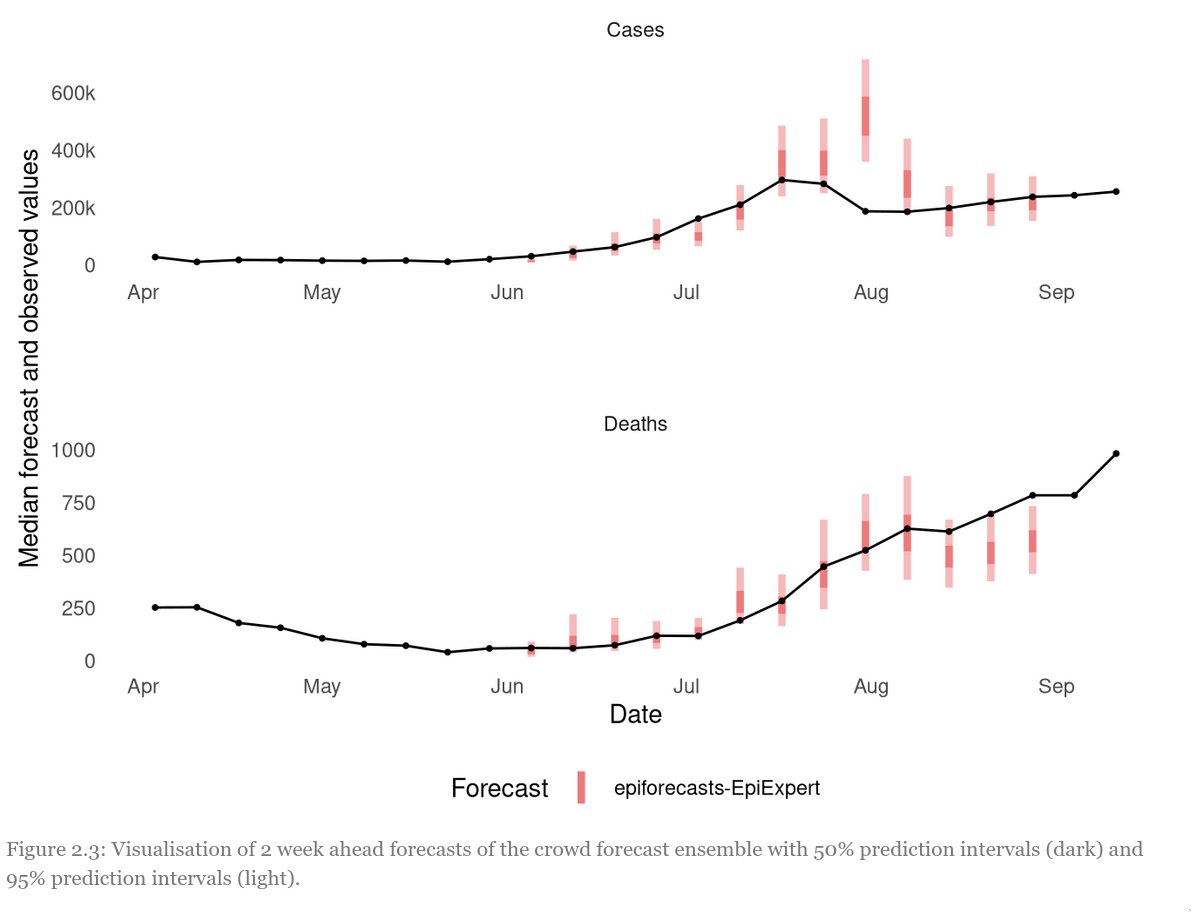Link:https://marypatcampbell.substack.com/p/on-covid-excess-mortality-by-raceethnicity
Graphic:

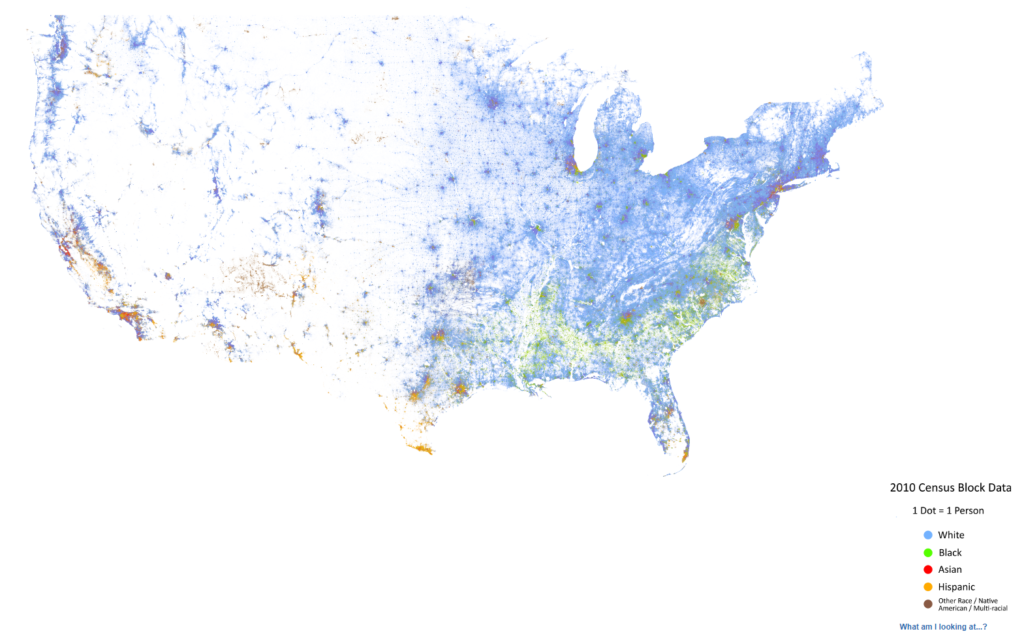
Video:
Excerpt:
And now you can see it — the blue curve for Hispanics has a summer 2020 peak much higher than that for whites, Blacks, and Asians.
I want to note the high peak for Asian deaths in winter 2020-2021.
See that there is a high spike for Asian, Hispanic, and Black in that first NYC-centered wave that we’ve known so well… but a little blip for White. And I want you to think about that a little. Because that really explains a lot of the disproportionate effects on minorities in the U.S. and it goes back to Charles Blow’s question at the top of this post.
The answer to all of this being geographic distribution.
Author(s): Mary Pat Campbell
Publication Date: 6 Nov 2021
Publication Site: STUMP at substack

